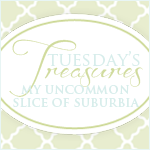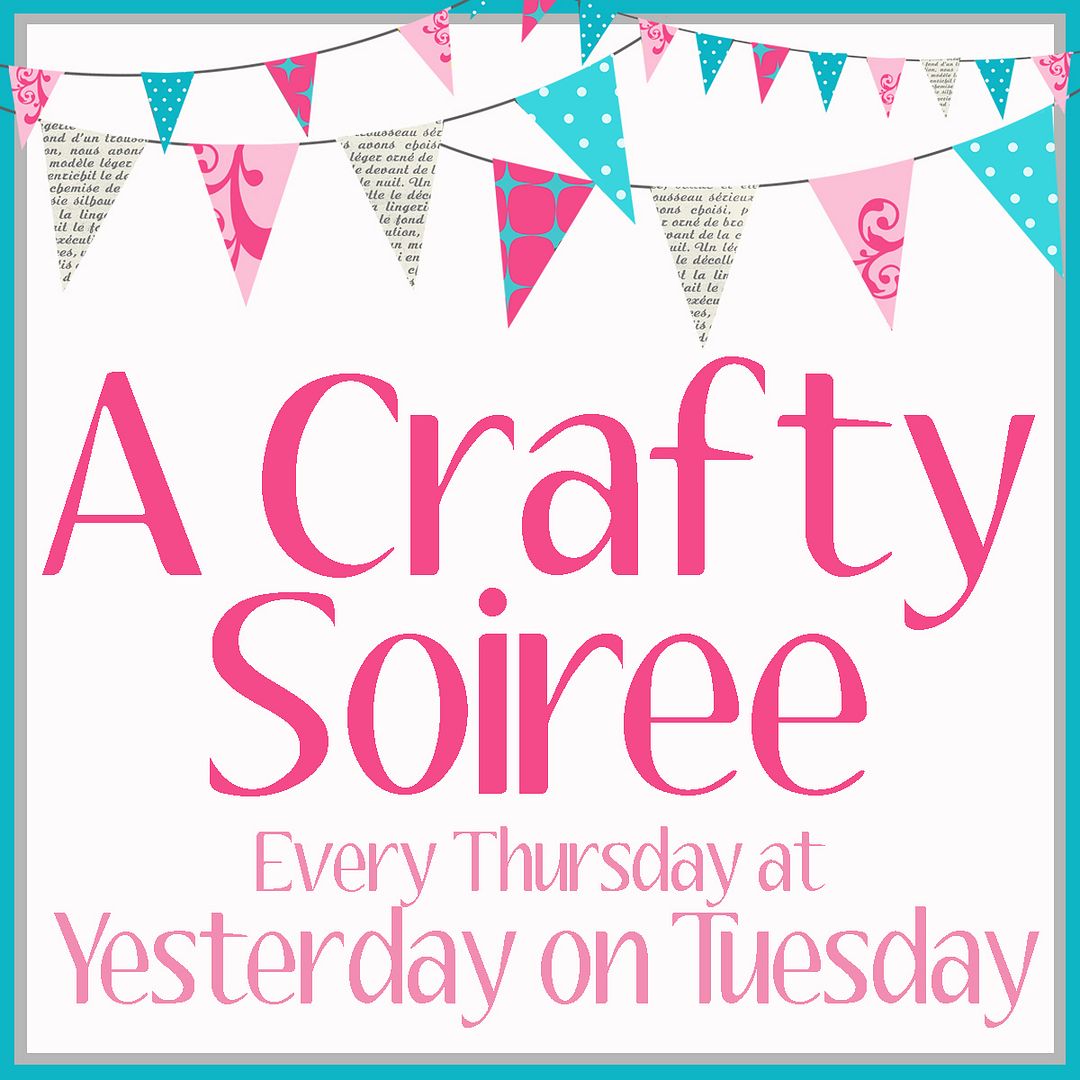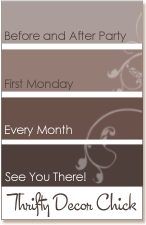Thank you all for being patient while I put together a
tutorial on how to make the paper mache starburst mirror that I
This project was inspired by some lovely Horchow mirrors, some mid-century clocks, and a mountain of moving boxes!
As with any paper mache project, the hardest part will be waiting for the piece to dry before moving on to the next step! I live in the Pacific Northwest, so I sometimes have to wait days between steps, but if you live in dryer climes the first side of a piece may be dry before you finish the other side.
...................................................................
To make a paper mache star burst mirror, begin by creating a cardboard base. I had lots and lots of flattened moving boxes, so I simply drafted some long triangles onto the cardboard and cut them out with a utility knife and a straight edge to create the starburst points. My star was made to fit a specific place, so your dimensions may be different than mine if you customize the size or proportions of your starburst mirror.
Begin by cutting:
- two long isosceles triangles for the top (front) sides of the vertical points
- two long isosceles triangles for the bottom (back) side of the vertical points
- two medium length isosceles triangles for the top (front) sides of the horizontal points
- two medium length isosceles triangles for the bottom (back) side of the horizontal points
- four shorter length isosceles triangles for the top (front) sides of the diagonal points
- four shorter length isosceles triangles for the bottom (back) side of the diagonal points
Notes on the "front side" of the points:
- My "long" points are each sixteen inches along the "ridge", and about seven inches wide at the base of the triangle, or about three and one-half inches at the widest point on each side of the "ridge".
- My "medium" length points are each thirteen inches along the "ridge", and about six and one-half inches wide.
- The "shorter" length points are each ten inches along the "ridge" and about five and one-half inches wide.
Notes on the "back side" of the points:
- The backs of the points should be cut about an inch longer than the fronts to give you a small overhang and provide a little extra "gluing surface" later on when you are assembling the star.
- My long and medium length backs were about four and one-half inches at the widest point.
- The backs for the four shorter length points were about three and on-half inches at the widest place (in other words, three and one-half inches at the "base" or "short side" of the isosceles triangle).
It's really important not to kill any brain cells by thinking too hard about the geometry.
If your math is a little off, you can always cut up a cereal box and patch things up a bit. I promise!
If your math is a little off, you can always cut up a cereal box and patch things up a bit. I promise!
Here, the long and medium length top pieces have been glued to their corresponding
back pieces, but the shorter points have not yet been glued together.
Begin gluing your points together:
- Once you have all your triangles cut, you will need to take a straight edge and score a crease down the center of each top (front) piece.
- Now, take the two long top pieces and fold along the score line to create a ridge, and glue the pieces to their corresponding bottom (back) pieces. You can hold the pieces together with masking tape while the glue dries.
- Repeat the process with the medium length sides.
- Do not glue the four shorter points together yet.
To create the round central core of the star:
- Cut some long strips, about three inches wide, from cardboard cereal boxes. Tape them together to make an even longer strip, and wrap them around something about five and one-half inches in diameter (I used one of those huge Nestle Quick canisters). Wrap the cardboard strip three or four times around your form. Secure the end of your strip with masking tape and gently slip the cardboard ring from your form. Glue and tape the cardboard ring together.
- Use the base of the form (mine was the Nestle Quick canister), as a template, and trace three or four circles onto corrugated cardboard. Cut out the cardboard circles, and glue them inside your ring to make it very rigid. I like to use wood glue when working with cardboard, because it is extremely strong.
- Begin by securing the vertical points to the round central core, using glue and tape. The extra length you gave yourself on the back sides of the points will come in handy for gluing the points securely.
- Next, secure the horizontal points to the round central core.
- At this point, you will want to "play around" with the diagonal pieces, trimming them to fit as flush as possible against the sides of the other points. (remember the thing about not killing brain cells? that applies here)
- Tape and patch as necessary to make everything fit together :)
Now, you should have something that resembles a starburst! At this point, I decided to reinforce the back with another layer of cardboard -- you may or may not want to do that. Creating the cardboard form is the most difficult part (well, except for waiting for the paper mache layers to dry).
this is how your cardboard base will look after a first thin coat of paper mache pulp
It's time to start the paper mache process!
- You may use traditional torn paper strips, and cover the whole thing with three or four layers. OR, you may spread a couple of layers of paper mache pulp over your base. OR, you may combine a couple of layer of strips with a couple of layers of pulp. The choice is yours, there is no wrong way to do this. Here is the recipe for paper mache pulp.
- You may choose to sand between layers, or you may choose to sand after the final layer only, or you may choose not to sand at all -- do what pleases you.
- A tip for getting paper mache pulp layers smooth is to use a butter knife or a spatula to smooth it. If clumps of pulp keep wanting to fall off as you work, spread a piece a cling wrap over the surface and smooth over it (like rolling out a pastry using Saran wrap between the dough and the rolling pin) with your spatula.
this is how your star should look after after a base coat of red has been
applied and a first coat of gold has been randomly dabbed on
After all your paper mache layers are dry and you are happy with the finish, it is time to paint.
- A tip for painting anything with a gold or gilded finish is to first paint a layer with RED paint -- you will end up with a deep rich gold tone.
- Use two or three different metallic gold colors and dab the layers on using an old brush or a foam brush -- dabbing helps give it a gold leafed look.
- Use an antiquing medium to give the piece some patina, if desired.
this is how your star will look after about three light coats of
gold have been dabbed on -- keep going until you are happy with the coverage
Now you can glue on your mirror.
- Craft mirrors can be ordered online from most craft supply retailers.
- I ordered a couple of different sizes to play around with -- did I want to put the mirror inside the circle or on top of the circle?
- I decided to use the slightly larger mirror and glued it on top of the circle (I used Gorilla glue for this)
To frame the mirror (optional), I took a length of bead garland and glued it around the outside of the mirror using a small amount of Gorilla glue -- be careful, Gorilla glue grows! When the glue was cured, I took some joint compound and filled in all the gaps to make it look like it was all carved from one piece. Then I touched up the paint.
The starburst mirror was finished!
I photographed it and blogged about it.
And then I moved on to the next project :)
I hope you've enjoyed this tutorial!
This post is being linked to the following lovely places:












































